Your colon—the tube that connects your small intestine to your rectum—is the unsung hero of the human body. It takes the food you stuff your face with and magically turns it into poop. The colon can handle a lot of shit (literally), but when things go wrong down there, the consequences can be deadly.
One of the most serious colon conditions is something called a “toxic megacolon,” which is as serious as it sounds. This is when your colon becomes inflamed, causing toxins to leak into your bloodstream.
Toxic megacolon can be life-threatening, but how do you know if you have one? In this article, we’ll delve deep into what a toxic megacolon really is, what causes it, symptoms to look out for, and treatment options. Let’s start with the basics.
What Is a Toxic Megacolon?
A toxic megacolon is a rare but potentially deadly condition where the colon becomes severely inflamed and dilated. The term "megacolon" refers to the abnormal enlargement of the colon, and "toxic" indicates the presence of toxins produced by bacteria in the colon.
Toxic megacolon is a complication of colitis, AKA inflammation of the mucous lining in your large intestine. When this happens, your colon can’t do its job correctly. Dilation of the colon makes the mucus walls thick and rigid, and the muscles that propel your poop get weak. This can lead to a buildup of gas and stool, causing the colon to become distended and eventually rupture.
Toxic megacolon can cause several life-threatening complications, such as:
- Systemic toxicity and sepsis from bacteria leaking into your bloodstream
- Colon perforation
- Gastrointestinal bleeding
- Abdominal compartment syndrome
10 Symptoms of Toxic Megacolon
At the onset of toxic megacolon, the symptoms aren’t that different from a standard stomachache, making it difficult to diagnose early on. But as the condition progresses, the symptoms become more severe and can be deadly.
Here are 10 symptoms to look out for:
- Abdominal pain or tenderness
- Bloody diarrhea
- Swollen stomach, AKA distension
- Nausea and vomiting
- Bad gas
- Dizziness
- Fever
- Rapid heart rate
- Constipation
- Fatigue
8 Causes of Toxic Megacolon
The most common cause of toxic megacolon is inflammatory bowel disease (IBD), specifically ulcerative colitis. However, any type of colitis can cause toxic megacolon if left untreated. Let’s take a look at X examples.
- Ulcerative colitis: the most common type of IBD which causes inflammation and ulcers on the lining of your large intestine.
- Crohn’s disease: another kind of IBD that affects your small intestine. Crohn’s disease is very risky for toxic megacolon in its early stages.
- Clostridium difficile (C. diff) infections: a germ that causes infectious colitis
- Ischemic colitis: a side effect of intestinal ischemic syndrome, a condition that restricts blood supply to your digestive system.
- Radiation colitis: a short-term side effect of radiation therapy
- Medications: antibiotics (such as clindamycin and ampicillin), and opioids can affect the function of your colon.
- Abdominal surgery: complications from surgery can cause scarring and adhesions in the colon, leading to inflammation and dilation.
- Chronic constipation: when poop sits in your colon for an extended period of time, it can lead to inflammation and dilation of the colon.
What Does Megacolon Poop Look Like?
Toxic megacolon can change what your poop looks like, as well as your pooping pattern. Toxic megacolon is a byproduct of colitis, which often causes diarrhea, bloody stool, and mucus in your poop.
In terms of your bowel habits, toxic megacolon makes your stomach super sensitive. Accordingly, you might experience a sudden, intense urge to poop. And when you reach the toilet, things tend to be explosive.
Can a Toxic Megacolon Kill You?
Yes, toxic megacolon is life-threatening—if you don’t get treatment in time.
When your colon walls get weak, they become vulnerable to tearing. A ruptured colon wall can cause serious internal bleeding and an infection in your abdomen called peritonitis. If this infection spreads through your bloodstream, you could experience toxic shock.
Additionally, intense abdominal pressure can cut off blood and oxygen to your organs, causing them to fail.
How Is Toxic Megacolon Diagnosed?
Here are three ways a doctor can determine whether you’re dealing with toxic megacolon:
Medical History and Physical Examination
Your doctor will take a detailed medical history and perform a physical exam to look for signs of abdominal distention, tenderness, and bowel sounds. The medical history may include questions about your pooping habits, recent surgeries, and medication use.
Imaging and Laboratory Tests
If you doctor suspects toxic megacolon, you may undergo diagnostic tests such as a CT scan, barium enema X-ray, or colonoscopy. Lab tests, including blood cultures, stool samples, and electrolyte panels, may also be ordered to check for bacterial infections and electrolyte imbalances that may result from severe diarrhea.
Differential Diagnosis
Your doctor may run additional tests to differentiate toxic megacolon from other conditions that have similar symptoms, like bowel obstruction and diverticulitis.
How Do You Treat a Toxic Megacolon?
The main goal of treatment for toxic megacolon is to remove the source of the infection, manage symptoms, and prevent complications. There are two main approaches for treating toxic megacolon: medications and surgery.
Medical Treatments for Toxic Megacolon
Typically, patients are given intravenous antibiotics and fluids to fight the infection and fix any electrolyte imbalances. Medications to suppress the immune system, such as corticosteroids, may also be used to reduce inflammation in the colon. If the patient's symptoms do not improve with medical interventions, surgery may be required.
Surgical Treatments for Toxic Megacolon
In severe cases of toxic megacolon, surgery might be necessary to remove any damaged parts of the colon to prevent tears and infections. Some patients may need a temporary colostomy, which involves rerouting the colon to a stoma on the abdomen to allow it to heal.
Don’t Let TP Add Insult to Injury
If you’re worried there might be a tear in your colon, the last thing you want to worry about is tearing up your b-hole with dry, itchy toilet paper. Thankfully, DUDE Wipes are here to save your rear.
But on a serious note, we’re proud to team up with the Crohn’s and Colitis Foundation, a kickass organization leading the charge against colorectal health issues. Check out their site to donate and join the good fight with us.

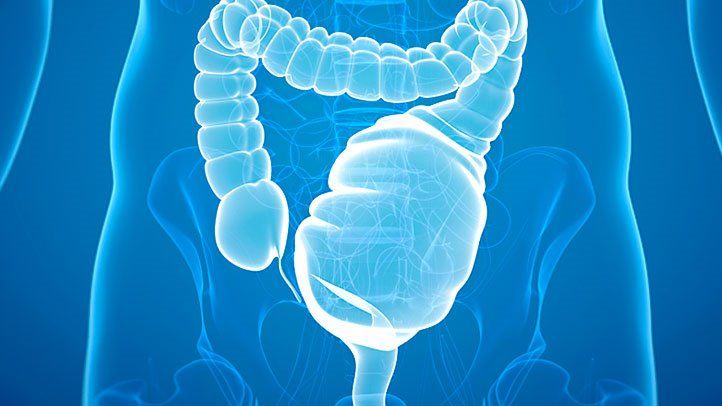
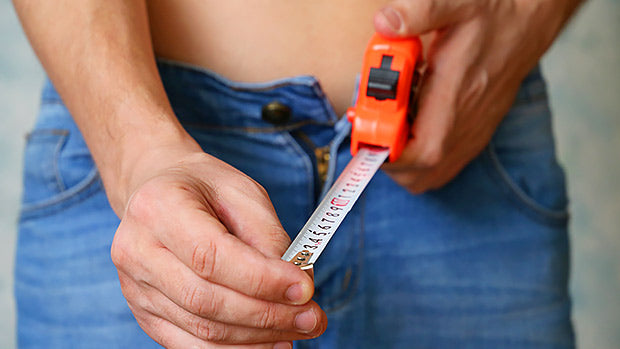
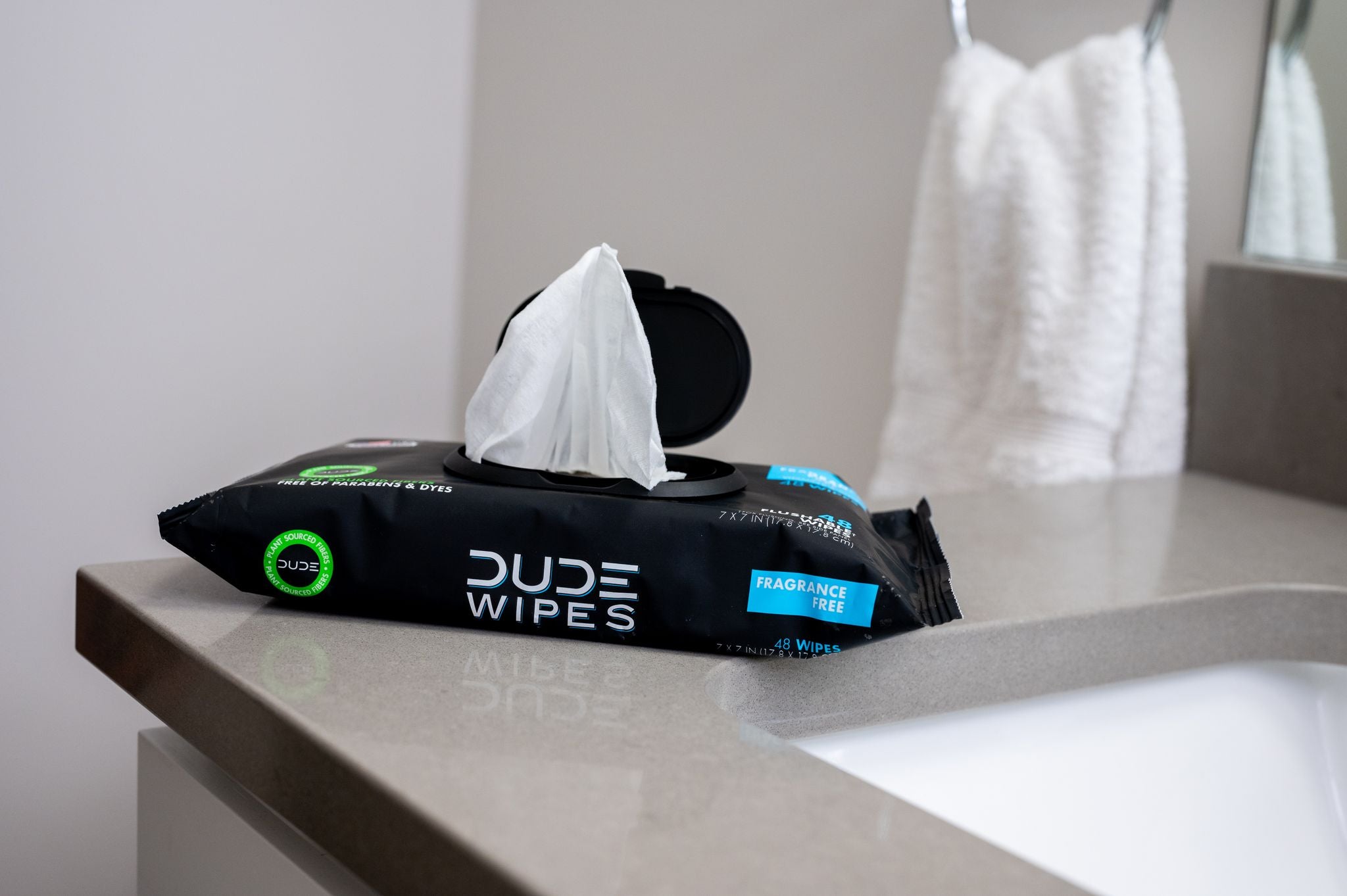
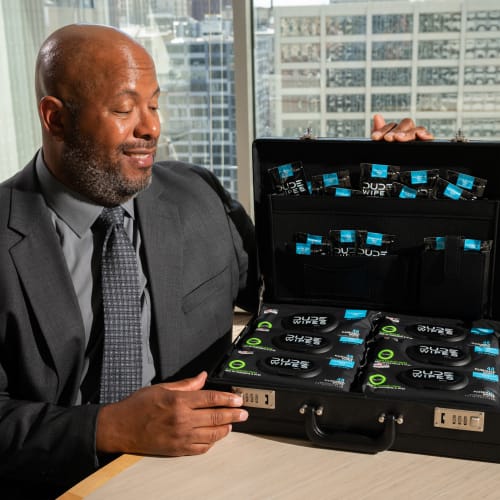
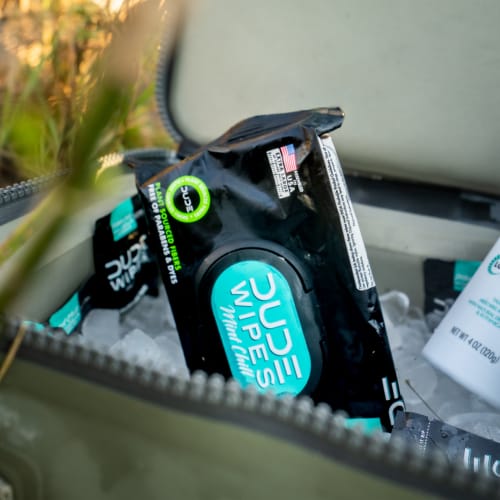

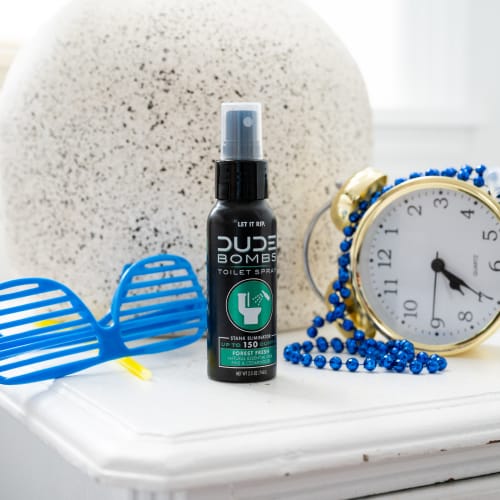

Leave a comment
This site is protected by reCAPTCHA and the Google Privacy Policy and Terms of Service apply.